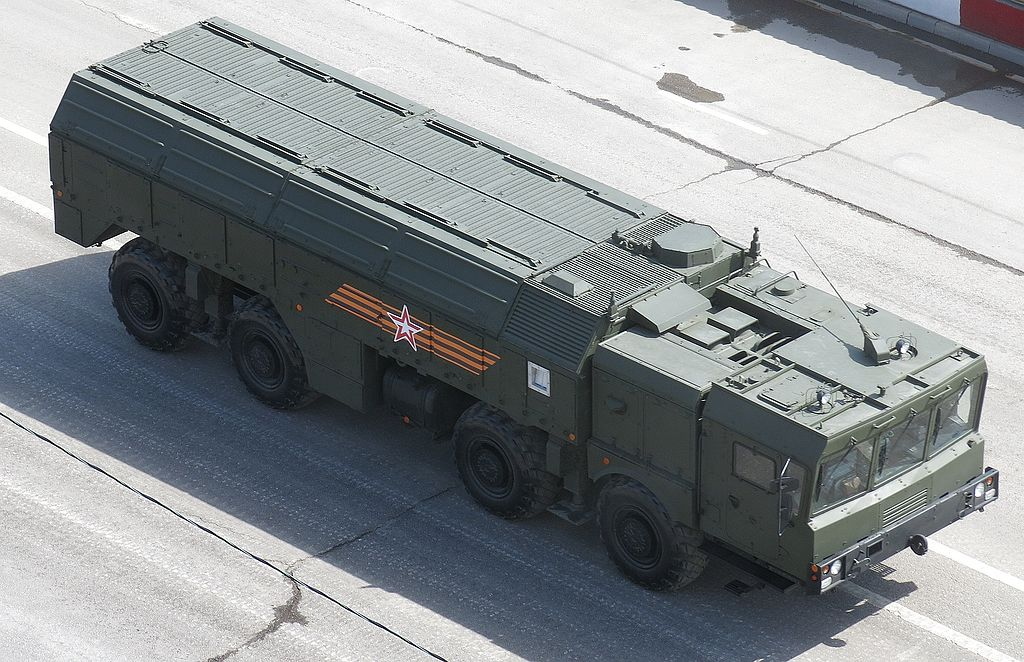Minsk leverages the Intermediate-Range Nuclear Forces Treaty
 The situation has not changed
The situation has not changed

It is unlikely that a positive effect will result from the Belarusian authorities’ shift away from their previous stance on arms control. The West is convinced that Minsk is an appendage of the Russian military machine and will interpret such acts as Kremlin intrigue rather than an independent initiative by Lukashenka.
The official spokesman of the Ministry of Defence of Belarus reported that exercises would be held simulating strikes against targets such as command centres and ammunition depots using the Iskander-M missile systems recently received from Russia. The Iskander-M is capable of hitting targets at ranges over 500 km, though the tactical and technical characteristics of the missiles supplied to Minsk have not been disclosed.
Wittingly or unwittingly, such steps violate the Soviet-American Intermediate-Range Nuclear Forces Treaty (the INF treaty), realising the allegations previously levelled by the USA against Russia and leading to the former withdrawing from the agreement in 2019. At the time, Minsk declared that it was committed to the treaty and proposed an initiative to abandon the deployment of intermediate and short-range missiles in the region.
Officially, Minsk continues to adhere to the treaty, despite vague and informal statements about acquiring weapons outside its scope. Moreover, Russia continues to deny that the Iskander-M missiles have a range constituting a violation of treaty restrictions. According to this logic, Minsk cannot obtain ground-based missile weapons with a range of over 500 km.
The focus on the “500 km” figure attempts to demonstrate to the West that Western policy towards Minsk creates regional-scale problems.
Unfortunately for the regime, the INF treaty is virtually dead. NATO military planners focus on land-based missiles with a range of about 1,000 km, so the treaty’s value for the West is doubtful. An attempt to use the proliferation of shorter-range missile weapons as a bargaining chip will be perceived as Kremlin intrigue implemented via Minsk.
Subscribe to our newsletter




Situation in Belarus
Constitutional referendum: main consequences


 Video
Video
How to count the political prisoners: are the new criteria needed?


 Video
Video
Paternalism In Decline, Belarusian Euroscepticism, And The Influence Of Russia


 Video
Video












